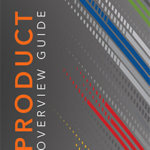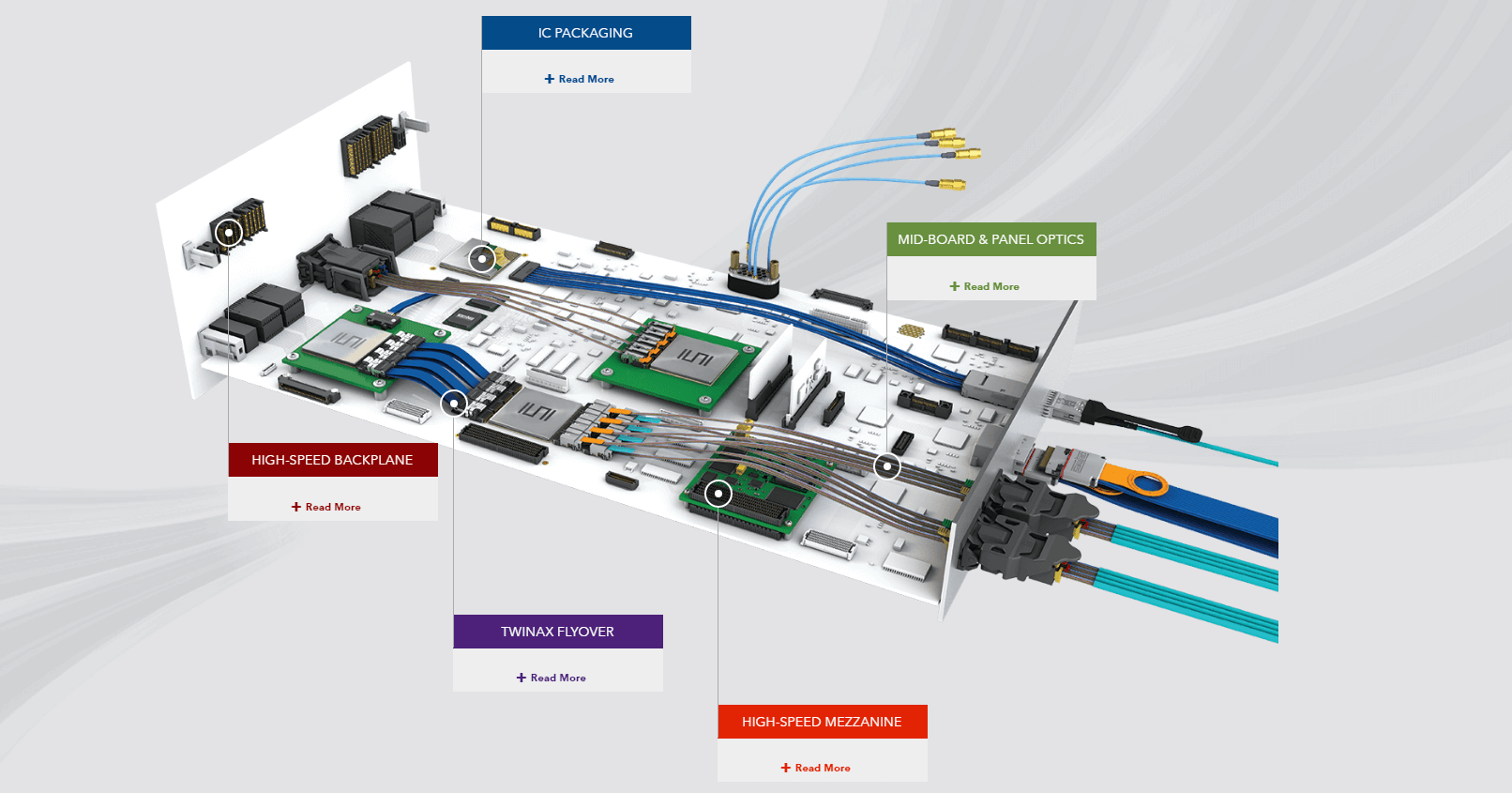Experts across multiple industries – including electronics components – agree the need for more scientists, technologists, engineers and mathematicians has never been greater. STEM education remains a constant focus for many industries, governments and universities globally.
Job growth backs this up. One report from the US Department of Commerce says STEM occupations grew much faster than non-STEM occupations over the last decade (24.4% versus 4.0%). STEM occupations are projected to grow by 42% faster than non-STEM occupations over the next six years.
A New Approach to STEM Education – FIRST Robotics Competition
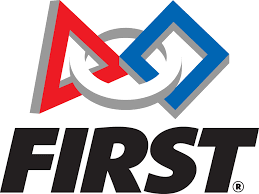
The continued growth of mentor-based programs and competitions motivate the next generation of science and technology leaders and innovators. That is the goal of FIRST – For Inspiration and Recognition of Science and Technology.
FIRST accomplishes this by engaging school-aged students in competitions that build science, engineering, and technology skills. This approach fosters innovation, teamwork and real-world problem-solving experience. Students benefit by developing a skillset of self-confidence, communication, and leadership.
The FIRST Robotics Competition challenges mentor-led student-based teams to create industrial-sized robots in a competition called “the hardest fun you’ll ever have.” Teams are provided the following: a common kit of parts, limited resources, strict design rules and a grueling six-week time limit.
The goal? Teams of students must raise funds, “brand” their team, learn to work together, and ultimately develop a life-sized robot to play a difficult field game against intense competitors. The best of the best reach the championship round with bragging rights for the next year!
FIRST Robotics Competition Kit of Parts
The heart of FIRST Robotics Competition resources is the common Kit of Parts. This consists of the hardware and software students can use to design, develop and build their robot.
The computing platform for the robots is the National Instruments roboRio platform. It is a reconfigurable robotics controller that includes enough I/O expansion to interface to external sensors, motors, and vision systems that control the robots.
Other components of the Kit of Parts are various sensor daughter cards that attach to the roboRio. Analog Devices has developed two different daughter cards for such a purpose.
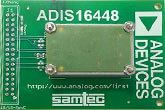
One option is the ADIS16448 Compact, Precision Ten Degree of Freedom Inertial Sensor. This contains a 3-axis digital gyroscope, a 3-axis digital accelerometer, a 3-axis digital magnetometer, and a digital barometer. That’s more sensing power than the Apollo 13!
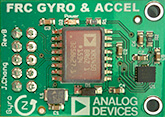
A second option is the ADXRS450 ±300°/sec High Vibration Immunity Digital Gyro, This offers a complete rate gyroscope on a single chip, or more than enough to measure the student-designed robot’s location, velocity, and acceleration.
Samtec Supports FIRST Robotics Competition
As the illustrations make plainly aware, standard flexible stacking solutions from Samtec are used to make the ADI boards to the roboRio.
In particular, the ADIS16448 daughtercard uses a CLM-110-02-L-D and an SSW-117-01-L-D to attach to the roboRio. The ADXRS450 daughter card uses an SSW-105-01-L-D-N to mate to the roboRio.
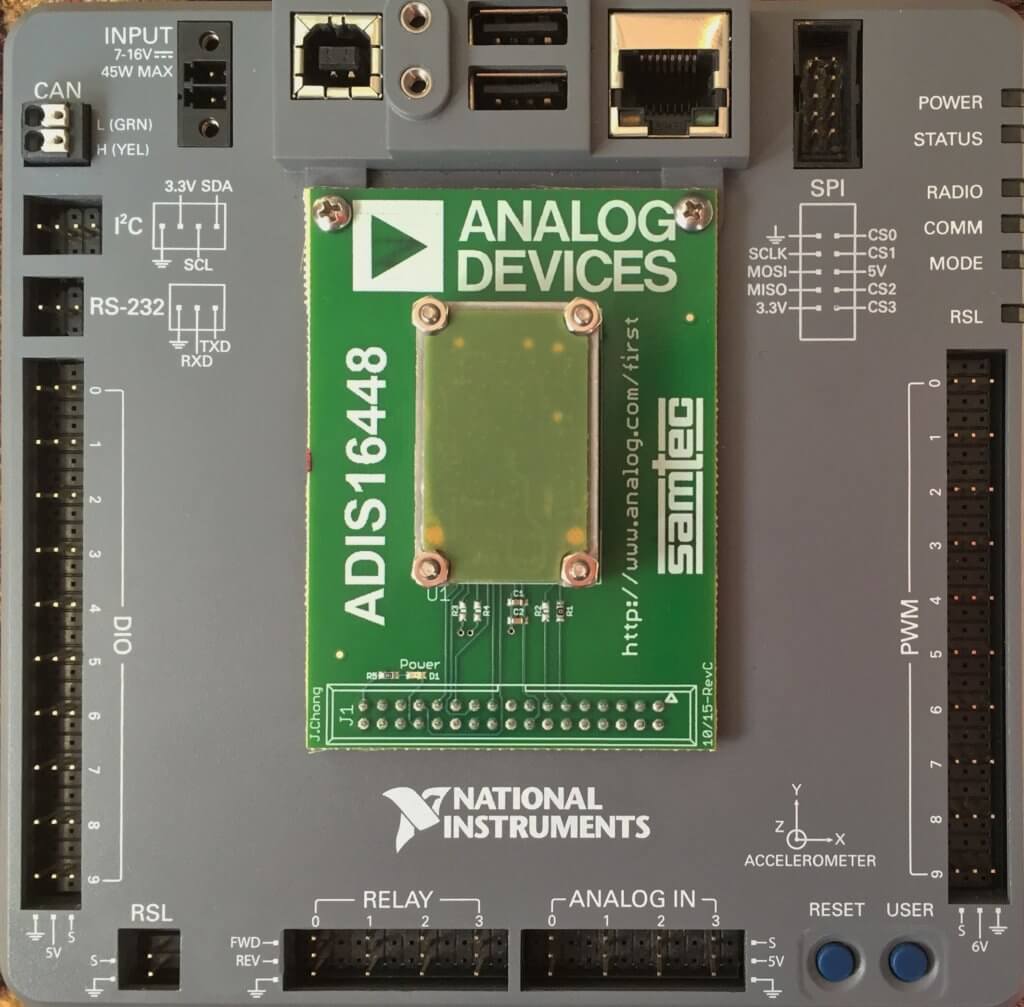
Samtec and Analog Devices (click here for more details) both support the FIRST Robotics Competition as FIRST® Suppliers. The combined contribution, as well as others made by leaders within the electronics components industry, enable the next generation of science and technology leaders and innovators to earn their stripes!

